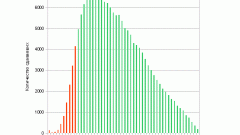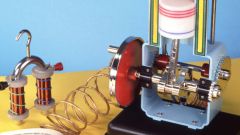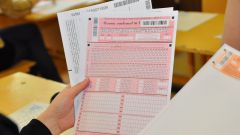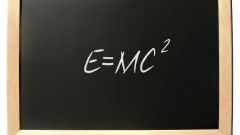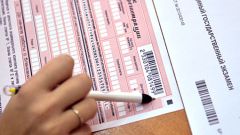Instruction
1
Do not purchase all the books "prepare for exam" which see. There is a formal series of working notebooks of A4 size (sheet size is "normal" office paper for printing), which are published every year with the subtitle "typical tasks". In these workshops you'll find the task completely similar to the real, and won't waste time learning unnecessary material.
2
Decide what result you need. Try not to jump above the head: if the necessary "minimum passing", then do not waste time on tasks of part C, it is better to learn one simple task. On the contrary, if the body seems light, more seriously engage "tasks with a free response," because they bring much more points. Accordingly behave in the exam: most of the time dedicate most difficult, but available for questions.
3
Review one option with the teacher. Each job number associated with some part of physics – and if the very formulation of the question on the exam may be different, the theme remains the same. So, first of all, ask the teacher to specify the field of physics that you need to know to solve each room.
4
Decide viewed option. It is extremely important that the teacher not thoughtlessly showed the finished formula, and directed the course of your thoughts. Formulas you can always get out of the Cribs, you should learn how to think and understand the task.
5
Divide the proposed tasks "in half". For example, if the workbook (described in the first paragraph) offers 30 options to test, then select the first 15. Take each job (e.g., B1) and parasite it 15 times – this will help "fill the hand" and to fix in mind the logic of action. Like worth repeating with each exercise.
6
The remaining half of the tests pass as a whole. Try to limit yourself in time and did not use any hints in order to remember the need to address laws and theorems, you need to constantly remember them and not write books.

